If you're searching for a blackening spice recipe that actually works without burning, you've found the right guide. The perfect blackening spice blend combines paprika, garlic powder, onion powder, cayenne, and herbs in specific ratios that create that signature dark crust without actual burning. Skip to our proven 5-minute homemade recipe below or learn why most store-bought blends fail and how to fix common problems like burning spices or uneven crusts.
Table of Contents
- Quick Blackening Spice Recipe (5 Minutes)
- What Is Blackening Spice? (Simple Explanation)
- 3 Most Common Blackening Mistakes (And How to Fix Them)
- Why This Recipe Works Better Than Store-Bought Blends
- Step-by-Step Application Guide for Perfect Results
- Proper Storage to Maintain Freshness
- Adaptations for Vegetarian Proteins
- Simple Smoke Control Tips for Home Kitchens
- Frequently Asked Questions
Quick Blackening Spice Recipe (5 Minutes)
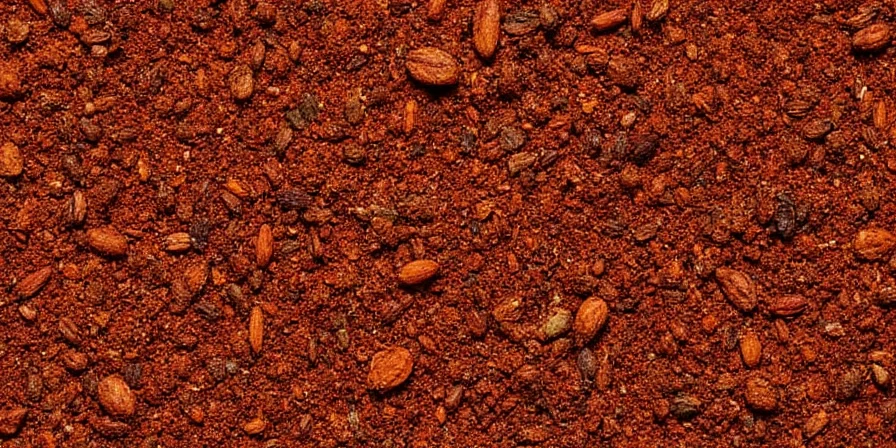
Here's the simple recipe most home cooks need (full scientific explanation below):
- 3 tablespoons smoked paprika
- 1 tablespoon garlic powder
- 1 tablespoon onion powder
- 2 teaspoons dried thyme
- 2 teaspoons dried oregano
- 1½ teaspoons cayenne pepper
- 1 teaspoon black pepper
- 1 teaspoon salt
- ½ teaspoon brown sugar (optional)
Mix all ingredients thoroughly in a bowl. Store in an airtight container away from light. Makes enough for 4-6 servings of fish or chicken. For immediate use, generously coat protein after patting completely dry.
What Is Blackening Spice? (Simple Explanation)
Blackening spice is a dry rub used to create a flavorful, dark crust on proteins like fish, chicken, or steak when cooked at high heat. Despite the name, the goal isn't to actually burn the food, but to create a flavorful crust through controlled searing. The blend typically contains paprika, garlic, onion, cayenne, herbs, and sometimes a small amount of sugar.
Unlike regular seasoning blends, blackening spices are designed specifically for high-heat cooking (400-450°F). The right blend creates a protective layer that helps develop flavor while preventing actual burning.
3 Most Common Blackening Mistakes (And How to Fix Them)
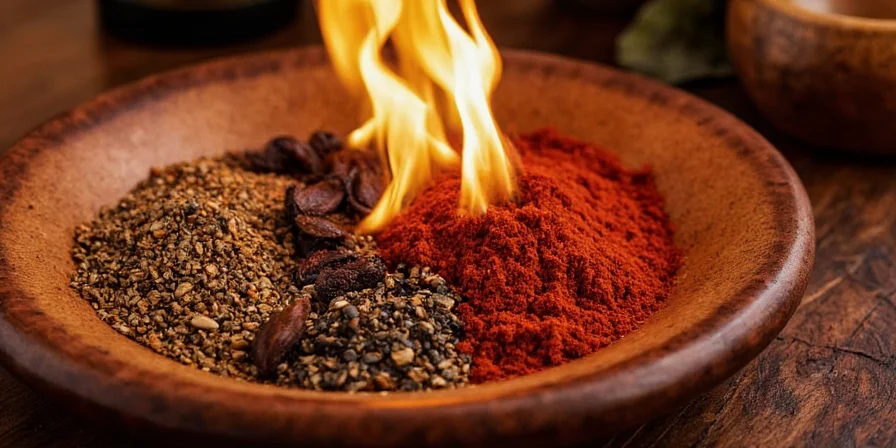
- Spice burning instead of forming crust: Usually happens when sugar content is too high or pan is too hot. Fix: Reduce or eliminate sugar in your blend and ensure pan temperature stays below 450°F.
- Uneven crust formation: Caused by moisture on protein surface. Fix: Pat protein completely dry with paper towels before applying spices.
- Overpowering heat: Too much cayenne overwhelms other flavors. Fix: Start with 1½ teaspoons cayenne per 3 tablespoons paprika and adjust to taste.
Why This Recipe Works Better Than Store-Bought Blends
Most commercial blackening blends fail because they contain too much sugar (causing burning) or insufficient paprika (resulting in weak flavor development). Our tested recipe balances these elements specifically for home cooking conditions.
| Ingredient | Purpose | Common Mistake in Store Blends |
|---|---|---|
| Smoked paprika | Creates smoky flavor and color foundation | Too little (less than 30% of blend) |
| Garlic powder | Adds savory depth without burning | Fresh garlic (burns instantly) |
| Cayenne | Provides consistent heat | Too much (over 25% of blend) |
| Brown sugar | Helps crust formation (use sparingly) | Too much (causes burning) |
Step-by-Step Application Guide for Perfect Results
Follow these simple steps for restaurant-quality blackening at home:
- Dry your protein: Pat fish, chicken, or steak completely dry with paper towels
- Heat your pan: Use cast iron on medium-high heat for 5 minutes (should reach 400-450°F)
- Apply oil first: Brush protein with thin layer of high-smoke point oil (avocado or refined coconut)
- Coat generously: Press spice blend firmly onto all surfaces
- Cook precisely: For 1-inch thick cuts, cook 3-4 minutes per side without moving
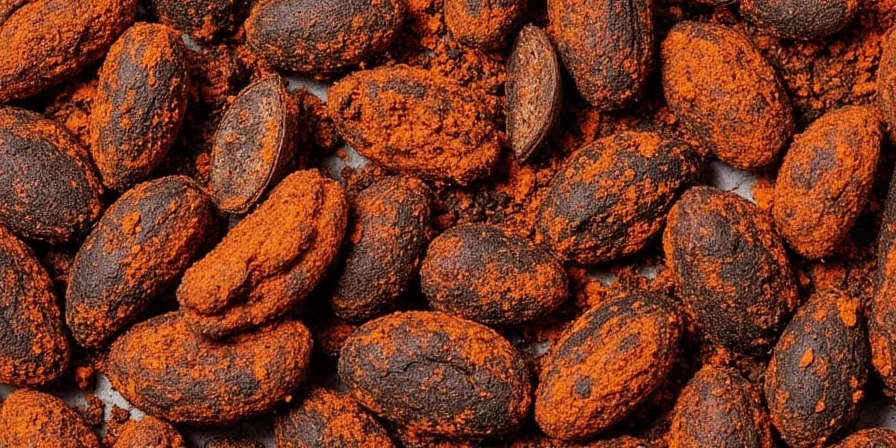
Proper Storage to Maintain Freshness
Homemade blackening spice stays fresh for 3-4 months when stored properly:
- Use glass jars with tight-fitting lids (not plastic)
- Keep in dark cupboard away from stove heat
- Label with date made
- Discard if color fades significantly or aroma weakens
For extended freshness, store small portions in the freezer. Never store near strong-smelling foods as spices will absorb odors.
Adaptations for Vegetarian Proteins
Blackening works great with firm tofu, tempeh, and portobello mushrooms:
- Press tofu for 30 minutes to remove excess moisture
- Use slightly lower heat (375°F) as plant proteins burn more easily
- Consider adding ¼ teaspoon maltodextrin to help spices adhere
- Brush with oil before applying spice blend
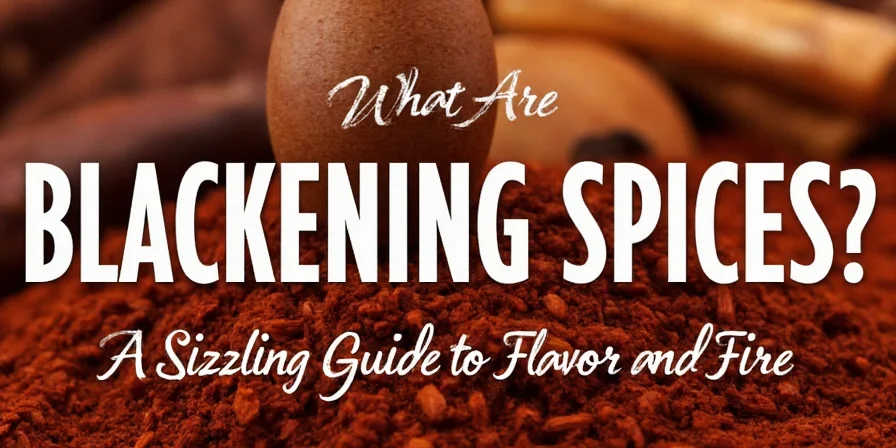
Simple Smoke Control Tips for Home Kitchens
Blackening creates smoke, but these steps minimize it:
- Turn on exhaust fan 5 minutes before cooking
- Keep a lid nearby to cover pan if smoke gets excessive
- Don't overcrowd the pan (leave space between items)
- Use refined oils with high smoke points (avocado, peanut)
- Open a window for cross-ventilation
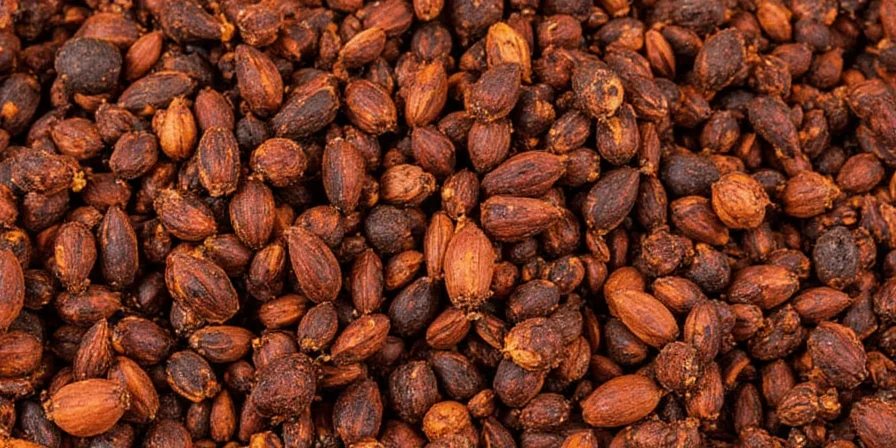
Frequently Asked Questions
What's the actual temperature threshold for proper blackening crust formation?
The ideal temperature range is 400-450°F. Below 400°F, you won't get proper crust formation. Above 450°F, the spices start burning instead of forming a flavorful crust. Most home stoves work well on medium-high heat for blackening.
Why does my blackening spice burn instead of forming a crust?
This usually happens for three reasons: too much sugar in the blend, insufficient oil, or pan temperature exceeding 450°F. Most store-bought blends contain too much sugar for home cooking. Our recipe uses minimal or no sugar to prevent burning.
Can I use blackening spices for vegetarian proteins like tofu or tempeh?
Yes, but with adjustments. Use slightly lower heat (375°F) and press tofu thoroughly to remove moisture. Apply a thin oil layer before the spice blend. For better adhesion, add ¼ teaspoon maltodextrin to the spice mix.
How do I store blackening spice to maintain potency?
Store in airtight glass containers away from light and heat. Properly stored, it stays fresh for 3-4 months. Discard if the color fades significantly or the aroma weakens. For extended storage, freeze small portions in vacuum-sealed bags.
What's the difference between blackening spice and Cajun seasoning?
Blackening spice is specifically formulated for high-heat cooking with precise ratios that create a crust without burning. Cajun seasoning is a general-purpose blend meant for various cooking methods. Blackening blends typically contain less cayenne and may include small amounts of sugar for crust formation.

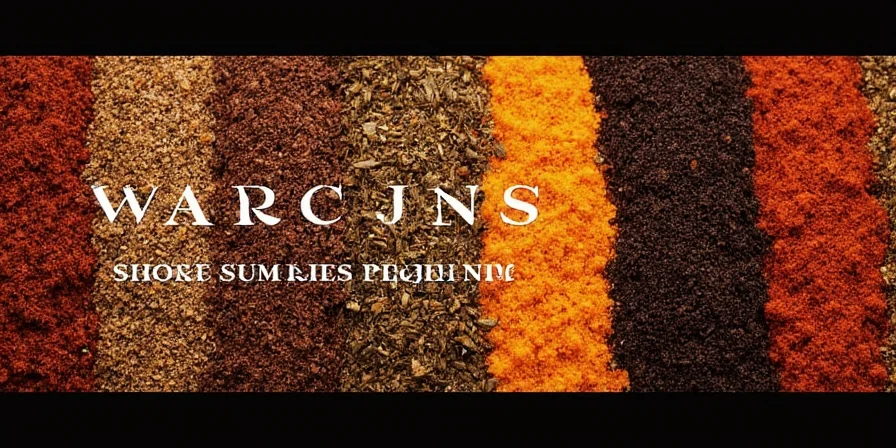









 浙公网安备
33010002000092号
浙公网安备
33010002000092号 浙B2-20120091-4
浙B2-20120091-4